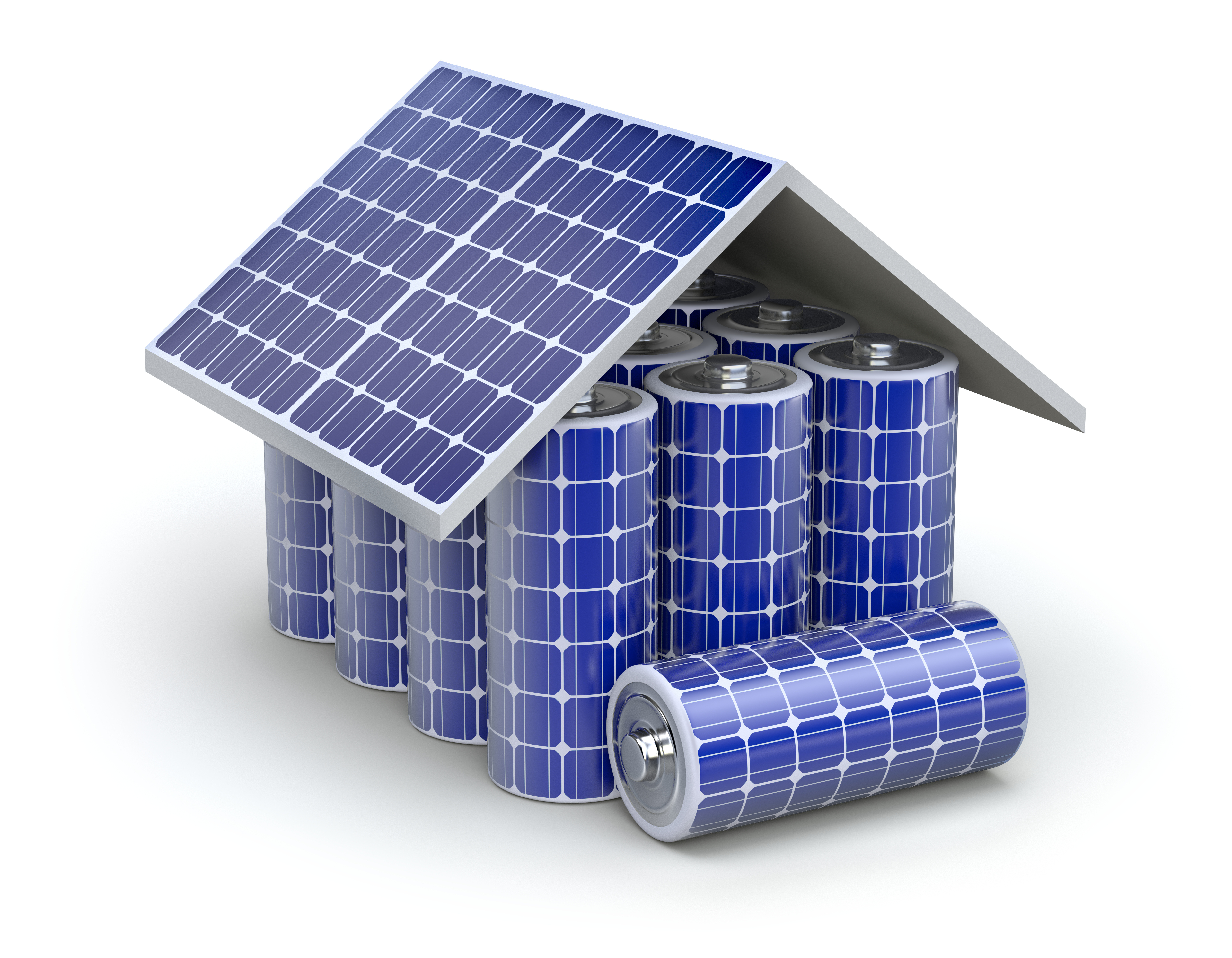I live in the Gulf Coast area and hurricane preparedness is extremely important. About every 10 years, my area is hit with a hurricane, tropical storm or other disasters. It is much more important to prepare ahead, than wait until the announcement by the weather forecasters.
Run or Hide?
The saying is run from the water, hide from the wind. It means if your area will flood, get out of there! If your area won’t flood, you can “hunker down”, protect yourself and generally stay in your area.
Run from the water. Flooding is no joke. There isn’t anything you can do except evacuate. If you are in a flood-prone area, your preparedness is to have an inland location in mind, and your irreplaceable items “ready” to go. Know your evacuation route. Consider side roads and county roads which the rest of the public are not familiar. Keep extra fuel handy since there is usually a run on fuel just before the storm. Be prepared with a few days of food and water, since it may take time to evacuate. Remember, there will be LOTS of other people, so it will take much more time to get out of your area than normal.
Hide from the wind. Most people should stay where they are. First, the roads will be clogged with the people who need to evacuate. People in areas which won’t flood do not need to leave. If they do, they make the evacuation routes worse. So stay if you are not in a flood-prone area.
What do you need if you will be in a place to stay?
Food, water, and shelter. Your house is generally enough for shelter. If you are inland, the winds may be strong, but they generally not high enough to destroy your house. Most serious damage is storm surge and flooding. You may consider boarding up windows. Focus on the south and east windows, as this is usually where the wind comes from. Also look around your yard and remove anything which the wind can move. If you have a pool, tables and chairs can go in the water.
Food and water. Most people think they need bottled water. The water that comes out of your tap is EXCELLENT. But the power may be out and the water pumps off. So store water. How? Trash cans. Buy new ones!!! And you might want to put line them with trash bags. You also want to fill bathtubs and have a small bucket for pouring into toilets for flushing. Just buy the trash cans early and store them away unused.
Food you have a lot of choices if you prepare ahead. You can buy survival food. Not super tasty, but it is better than nothing. You can buy canned food. If anything needs heat to prepare, make sure you have a portable stove and fuel. Have a minimum of 2 weeks of food for every person in the house. That is about how long it will take to get emergency systems in place!
One real issue is post hurricane. In many places, the power may be out for weeks. Many people use generators to help them through. Portable generators need fuel and long-term storage of enough liquid fuel for 2 weeks can be a problem. They are loud!
Permanently installed natural gas or propane generators are much better. They have a big fuel source and they are not as noisy as portable units. They do require maintenance, so be prepared to change oil and spark plugs every 100 hours or every 4 days!
The best solution is a hybrid solar system combining solar panels, energy storage and a generator. It provides the power you need with minimal use of the generator. And the solar panels will save you money the rest of the time!
For help with hurricane preparedness, contact Tetra West Technology and ask about a Mi-Grid!




